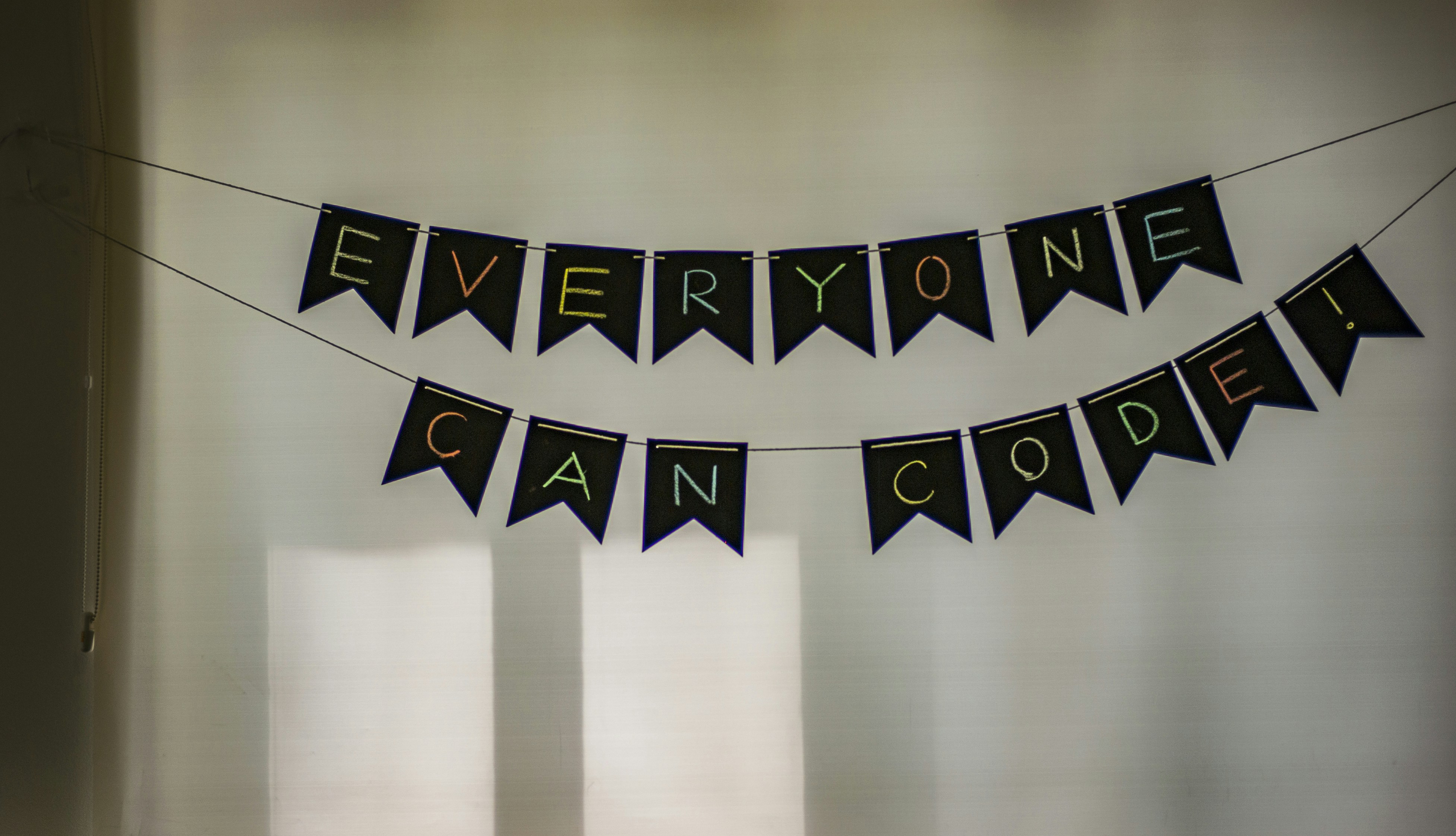Multimodal Code Comprehension: When AI Understands Both Your Comments and Diagrams
2025-06-20

For decades, code comprehension has been primarily text-based—comments, variable names, and documentation serving as the bridge between human intent and machine execution. But software development is inherently visual too: we sketch architectures on whiteboards, create UML diagrams, and build visual models to understand complex systems. Today, a new paradigm is emerging where AI can understand both textual and visual elements of your codebase simultaneously, creating a truly multimodal approach to code comprehension.
The Limitations of Text-Only Code Understanding
Traditional code analysis tools operate exclusively in the text domain. They parse syntax, analyze dependencies, and at best, interpret natural language comments. But this approach misses a critical dimension of how developers actually work.
Consider a complex microservice architecture. A text-based description might look like:
Service A communicates with Service B via REST API, which then processes data and
stores results in Database C while notifying Service D through a message queue.While accurate, this description lacks the immediate clarity of a visual diagram showing the same relationships. Similarly, many algorithms are more intuitively understood through flowcharts than code alone.
Current AI code assistants face this same limitation—they understand your code and comments but remain blind to the diagrams, sketches, and visual models that often contain crucial context.
The Rise of Multimodal Code AI
Multimodal AI systems can process and reason across different types of inputs—text, images, diagrams, and even video. When applied to code comprehension, these systems can build a richer understanding of software by integrating information from multiple sources.
For example, a multimodal code assistant could:
- Parse your code and its comments
- Analyze architectural diagrams in your documentation
- Interpret UI mockups and their relationship to frontend code
- Understand hand-drawn sketches of algorithms or data structures
- Process screenshots of runtime behavior or error messages
This comprehensive view enables AI to provide more contextual assistance and deeper insights than text-only systems.
Practical Applications in Development Workflows
Documentation Generation and Enhancement
Multimodal AI can generate documentation that combines code snippets with automatically created diagrams that visualize complex relationships:
# Traditional docstring
def process_transaction(user_id, amount, merchant_id):
"""
Process a financial transaction between a user and merchant.
Validates user balance, applies transaction fee, and updates ledger.
"""
# Implementation...A multimodal system could automatically supplement this with a sequence diagram showing the interaction flow, or a state diagram illustrating the transaction lifecycle—all generated from the code itself.
Architectural Understanding
Consider a repository with a complex microservice architecture. A multimodal AI could ingest:
- The actual service implementation code
- Architecture diagrams from documentation
- Deployment configuration files
Then provide insights like:
Warning: Your architecture diagram shows Service A communicating directly with
Database B, but the implementation code routes this through Service C instead.This cross-modal validation can catch inconsistencies that would be invisible to text-only systems.
Visual Bug Resolution
Imagine submitting both a code snippet and a screenshot of unexpected UI behavior:
function renderUserProfile(userData) {
return (
<div className="profile-container">
<h1>{userData.name}</h1>
<span className="user-status">{userData.status}</span>
{userData.isPremium && <PremiumBadge />}
</div>
);
}A multimodal AI could analyze both the code and the visual output to suggest:
The premium badge isn't showing because while userData.isPremium is true,
the PremiumBadge component has a CSS visibility issue. The badge element
exists in the DOM (as seen in your screenshot) but has opacity:0.Technical Implementation Challenges
Building effective multimodal code comprehension systems presents several challenges:
Cross-Modal Alignment
The system must align concepts across modalities. For instance, understanding that a box labeled "Authentication Service" in a diagram corresponds to the AuthService class in the codebase requires sophisticated entity resolution.
# Implementation of a component shown in architecture diagrams
class AuthService:
def __init__(self, token_provider, user_repository):
self.token_provider = token_provider
self.user_repository = user_repositoryThe AI needs to recognize that this class implements the component shown visually elsewhere.
Visual Code Representation Parsing
Parsing diagrams, especially hand-drawn ones, requires robust computer vision. The system must distinguish between UML class diagrams, sequence diagrams, entity-relationship models, and other visual representations, each with its own semantics.
Contextual Relevance Determination
Not all visual elements are equally relevant to a given code comprehension task. The system must determine which diagrams or images provide useful context for the current question or task.
The Future: Bidirectional Multimodal Code Intelligence
The true power of multimodal code comprehension will emerge when it becomes bidirectional—not just consuming multiple modalities but generating them as well.
Imagine describing a feature in natural language, having the AI generate both implementation code and accompanying visualizations, then iteratively refining both through a conversation that spans text and visuals:
Developer: "I need a user authentication flow with email verification and two-factor auth."
AI: *generates code snippets for the authentication system*
*simultaneously creates a sequence diagram showing the authentication flow*
*produces a state diagram for user account states*
Developer: *points to a specific part of the diagram* "This step needs to handle retry logic."
AI: *updates both the diagram and the relevant code to incorporate retry handling*This kind of multimodal collaboration could dramatically accelerate development and improve software quality by ensuring alignment between conceptual models and implementation.
Conclusion
Multimodal code comprehension represents the next frontier in AI-assisted software development. By bridging the gap between textual and visual representations of code, these systems can build more complete understanding, provide more contextual assistance, and ultimately help developers create better software more efficiently.
As these technologies mature, we can expect development environments that seamlessly integrate text and visuals, allowing developers to work in whatever modality best suits the task at hand—with AI assistants that can follow along regardless of whether you're typing code, sketching diagrams, or describing concepts verbally.
The code of the future will be understood not just as text, but as a rich multimedia tapestry of interwoven representations—and our AI tools are finally becoming sophisticated enough to help us weave it.
Enjoyed this article?
Subscribe to get notified when we publish more content like this.